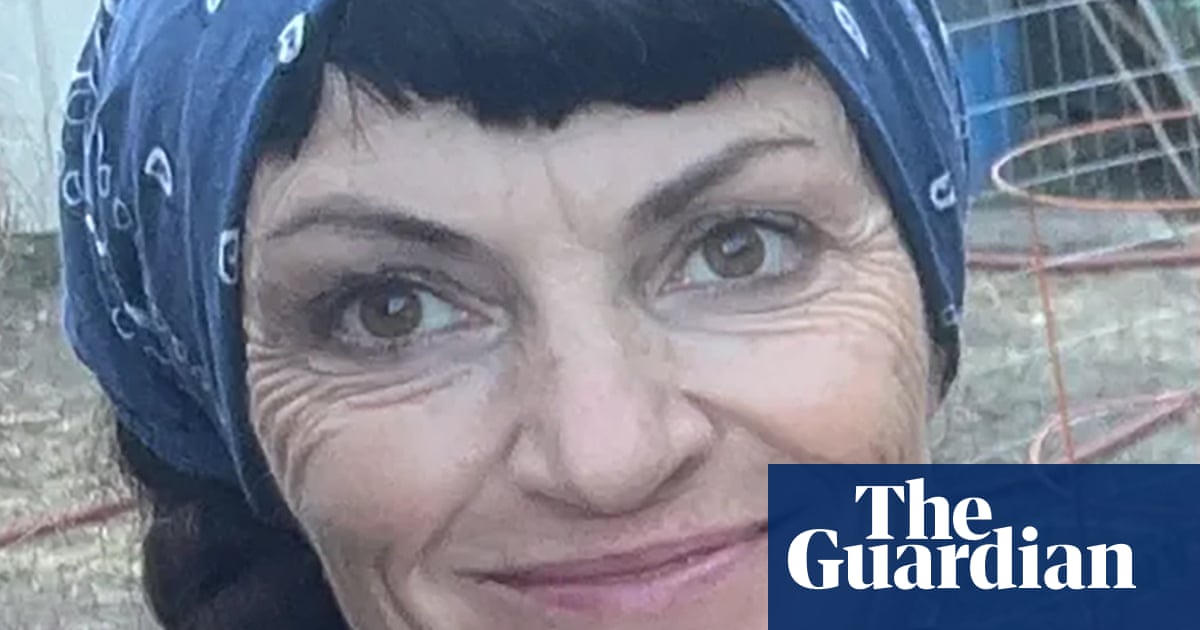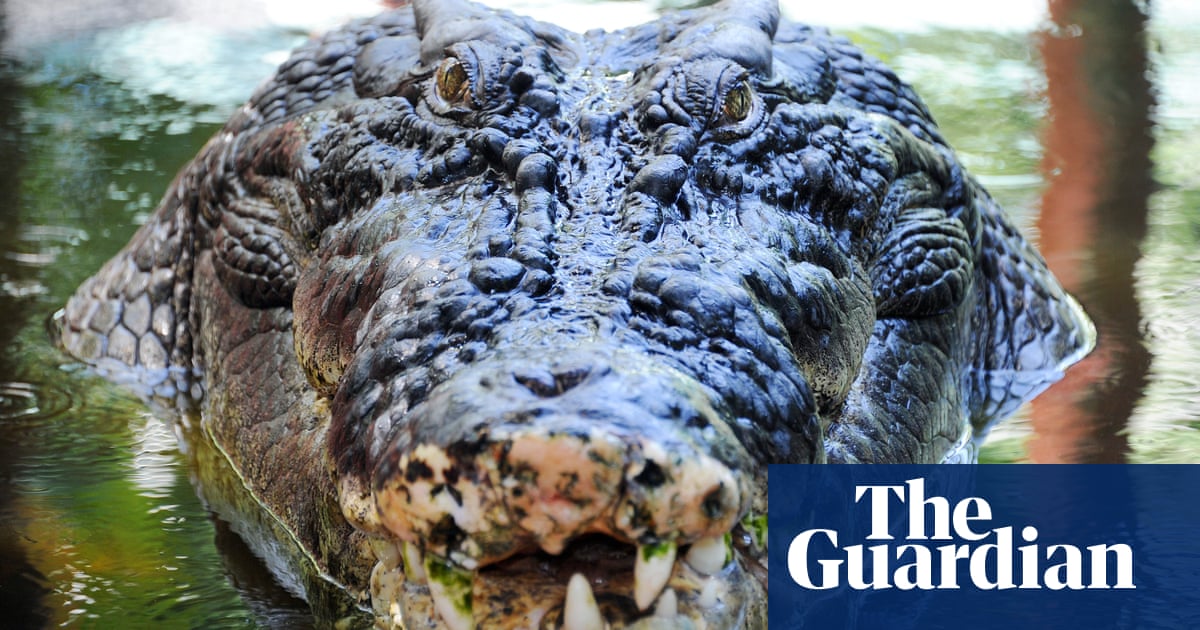A large rare carnivorous New Zealand snail has been filmed laying an egg from its neck for the first time, in a delightfully icky stroke of luck.
The department of conservation, which has been managing a captive population of Powelliphanta augusta, or the Mount Augustus snail, for almost two decades, was undertaking a routine weight check when a small, white egg started emerging from a snail’s neck.
The department’s regional biodiversity liaison, Ingrid Gruner, who helped manage the captivity programme in its early days, told the Guardian the footage was “quite remarkable”.
“In all the years we’ve being doing that [work], we’ve never encountered it.”
The Powelliphanta land snails are among some of the largest in the world, roughly the size of a golf-ball, and found only in New Zealand. They are slow growing and can live for decades – some held in captivity are thought to be between 25 and 35 years old. They eat mostly slugs and earthworms, which they slurp up like spaghetti.
Gruner said the team had “struck lucky” capturing the moment. The snails sexually mature at 8 years old and lay roughly five eggs, shaped like a hen’s, every year. They can take longer than a year to hatch.

Lisa Flanagan, a ranger who has been looking after the snails for 12 years, said their behaviour was vastly different to that of introduced snail species.
“They’re polar opposites to the pest garden snail we introduced to New Zealand which is like a weed, with thousands of offspring each year and a short life.”
Kath Walker, the department’s senior science adviser, said the hermaphrodite snails have developed a genital pore, or opening, on their neck so they can remain in their shell to mate and lay eggs.
“It extends its penis out of this pore and into its mate’s pore, and its mate does the same, simultaneously exchanging sperm, which they can store until they each fertilise the sperm they’ve received to create eggs,” Walker says.
Other snails mate and lay eggs in a similar fashion, though some, like Norfolk Island’s Campbell’s keeled glass-snail, have been observed birthing live young.
after newsletter promotion
The department has been managing a population of the threatened snails in chilled containers since 2006, when mining company Solid Energy began mining in their sole habitat on the Mt Augustus ridge line, near Westport in the South Island.
The mining proposal generated public uproar and court proceedings at the time, but was ultimately signed off by the government of the day.
Roughly 4,000 snails were transferred to nearby sites and another 2,000 were used to start a captive colony in order to increase the limited genetic diversity of the species and as insurance against the possibility the transferred snails would not survive in their new habitat.
In 2011, roughly 800 of the snails accidentally died in a department of conservation refrigerator with faulty temperature control.
Very little was known about the snails before the department took them into captivity and the programme has likely saved the species from extinction, the department said.
In March, there were 1,884 snails from hatchlings through to adults and 2,195 eggs in captivity, the department said. New colonies have been established in the wild but are being monitored to ensure they can form a sustainable population.

.png) 9 hours ago
11
9 hours ago
11













































